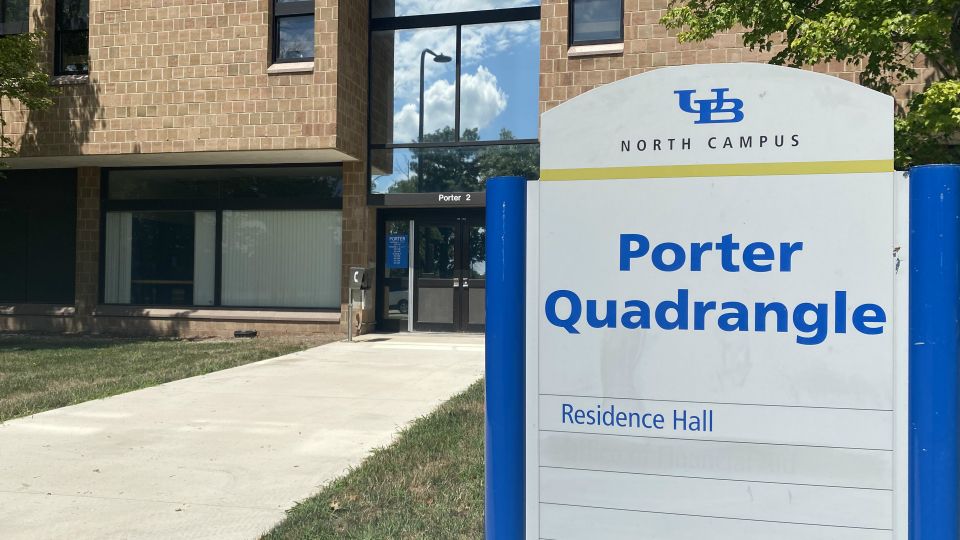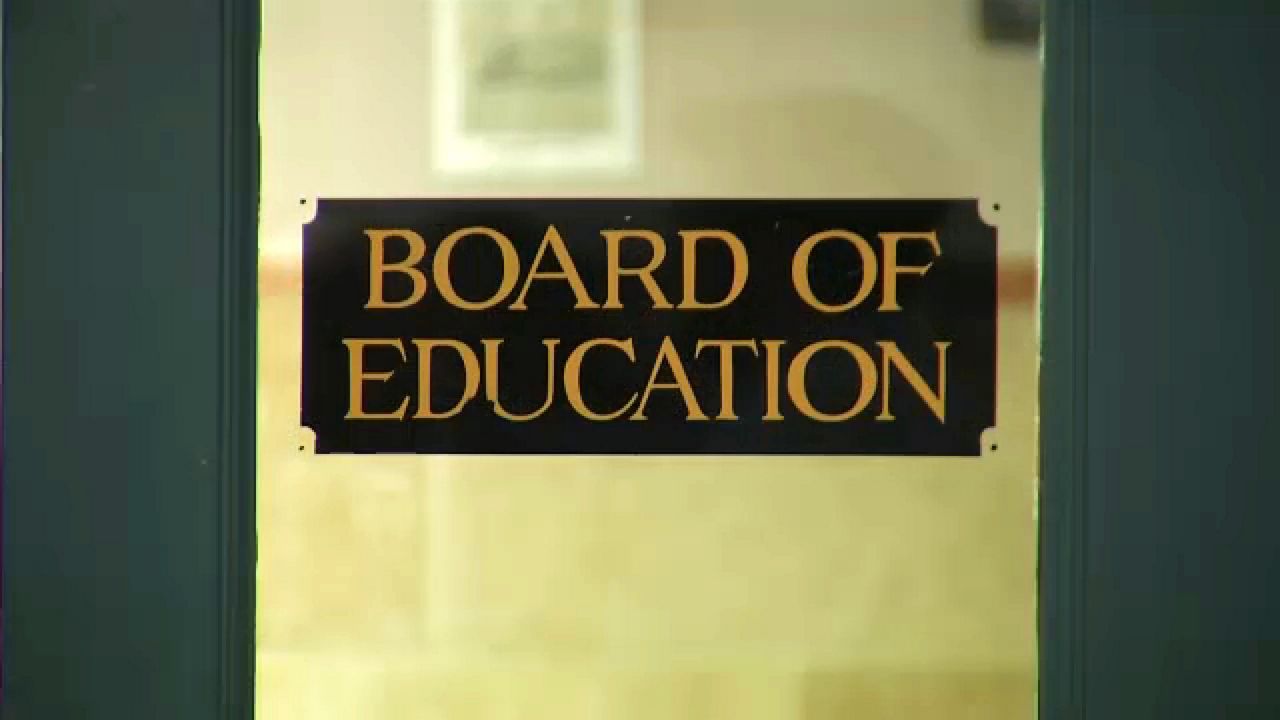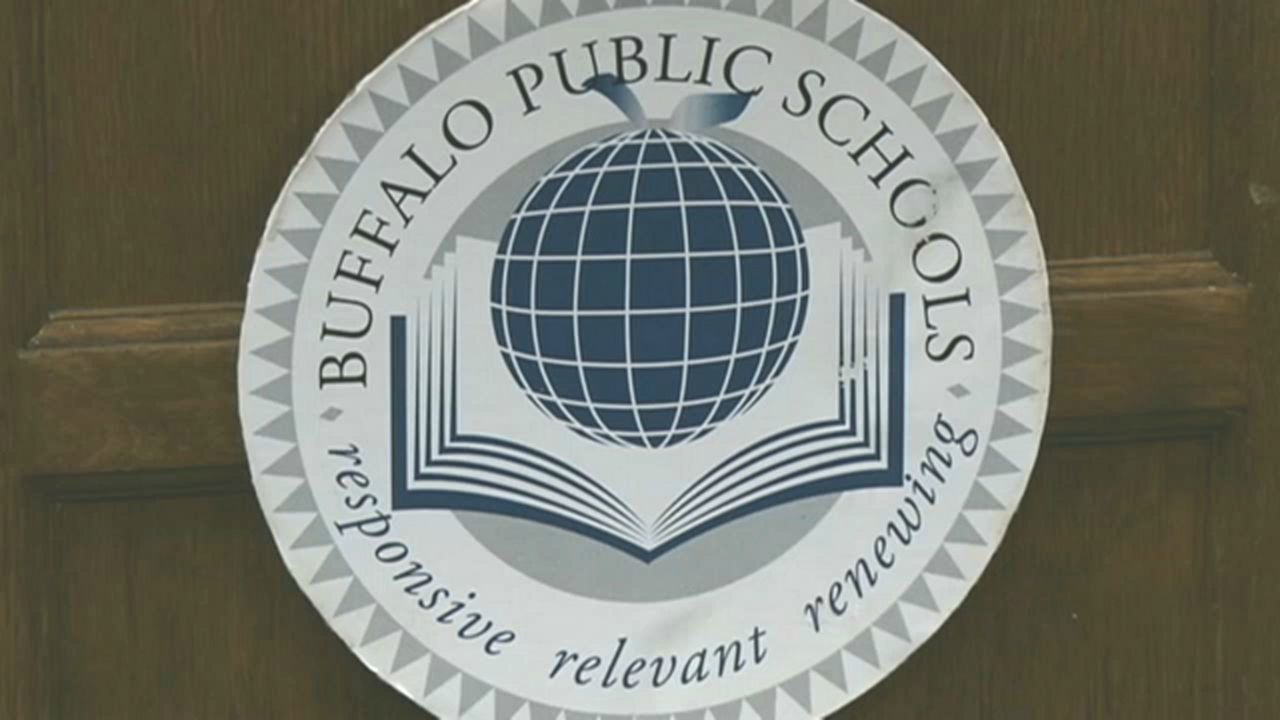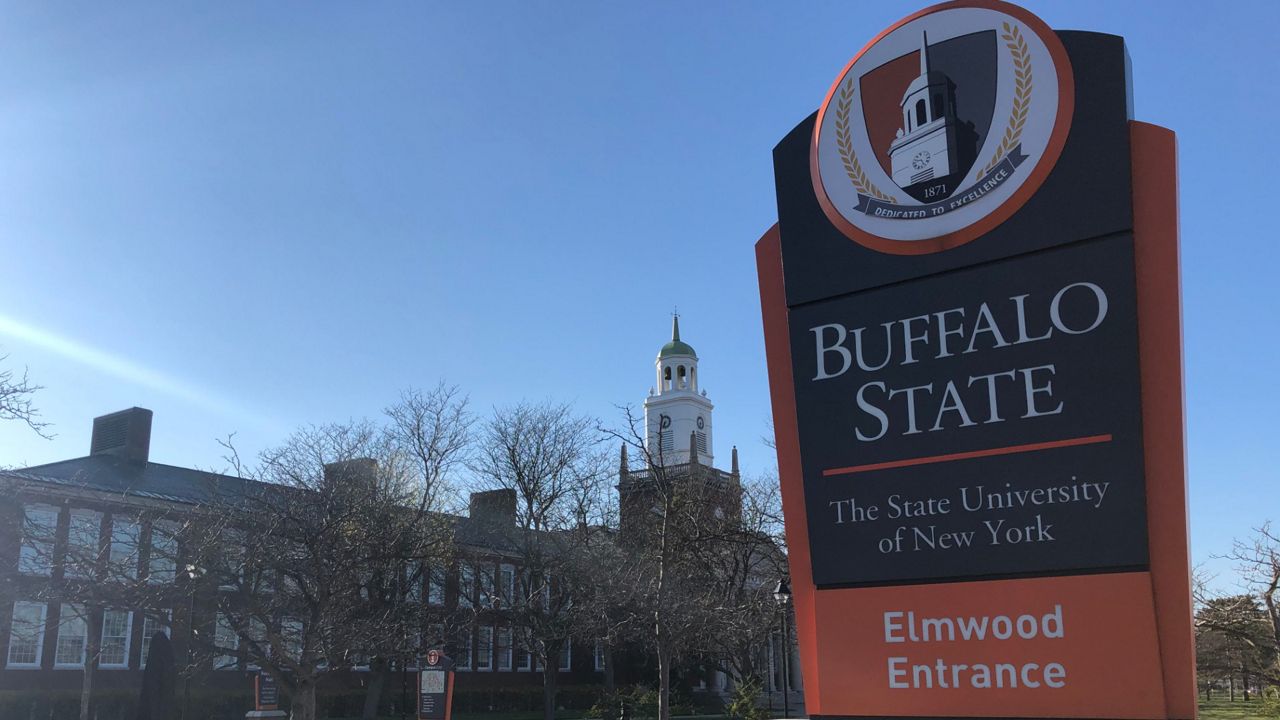The University at Buffalo is removing the names of Millard Fillmore, James O. Putnam, and Peter B. Porter from its north campus.
UB leaders say the decision aligns with the university’s commitment to fight systemic racism and create a welcoming environment.
“These decisions come after a separate committee of university leaders convened by [President Satish K.] Tripathi in 2018 conducted a review of named spaces, buildings and grounds on UB’s three campuses,” read a statement from the university. “The President’s Advisory Council on Race, which Tripathi formed in June to address issues of race and culture at UB, endorsed the name changes.”
Putnam Way will be renamed Mary Talbert Way, in honor of the Buffalo civil rights pioneer. The former Putnam’s Marketplace Eatery will now be called Union Marketplace and Eatery.
The university said Putnam was a New York state senator who served on the university’s council for 32 years. However, the university said during his years as a politician, he “held and openly expressed racist views.”
Millard Fillmore Academic Center will be known as Academic Center until a new name is determined.
Fillmore was a founder and the first chancellor of UB where he served from 1846 to 1874. He was also the 13th president of the United States from 1850 to 1853. During his time in office, he was criticized for his support of the Compromise of 1850, which included the Fugitive Slave Act of 1850.
“UB recognizes this remains a deeply hurtful decision, especially for African Americans,” read a statement from the university.
Porter Quadrangle will be renamed at a later date. Porter, a Buffalo resident who served as the U.S. secretary of war, a member of Congress, secretary of New York State, and a regent of the University of the State of New York, owned five enslaved African Americans.
“Clearly, historical namings on our campus — whether academic buildings, residential halls, interior spaces or thoroughfares — carry important symbolic value,” said Tripathi during Monday’s UB Council meeting. “We want to ensure that these symbols align with our mission — namely, that we are a diverse, inclusive scholarly community.”
The university will make changes to signs on campus before the start of the fall semester.








